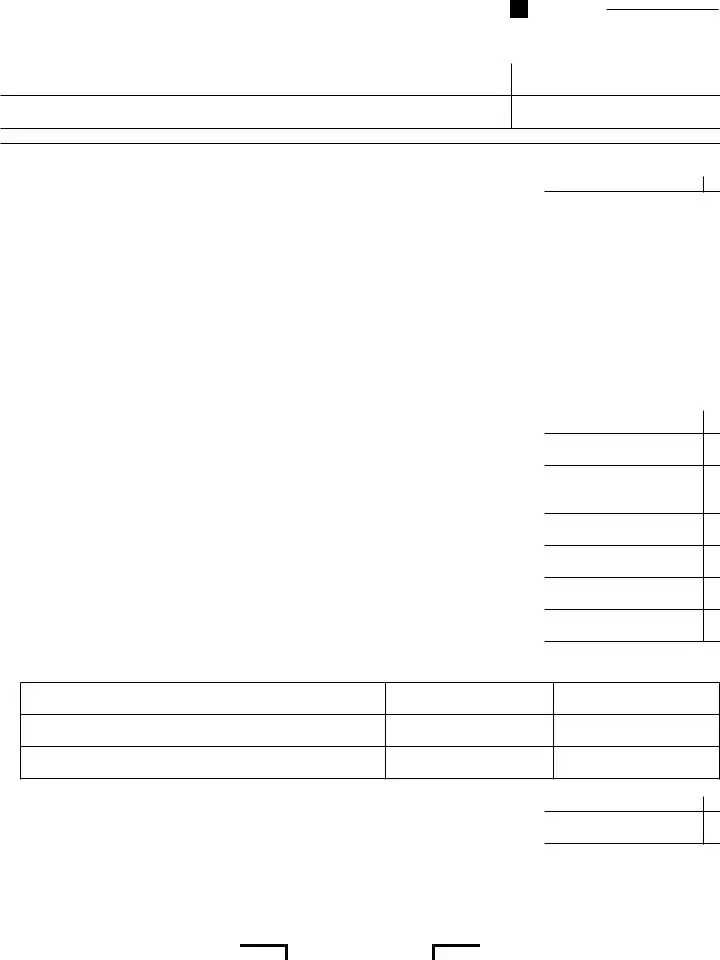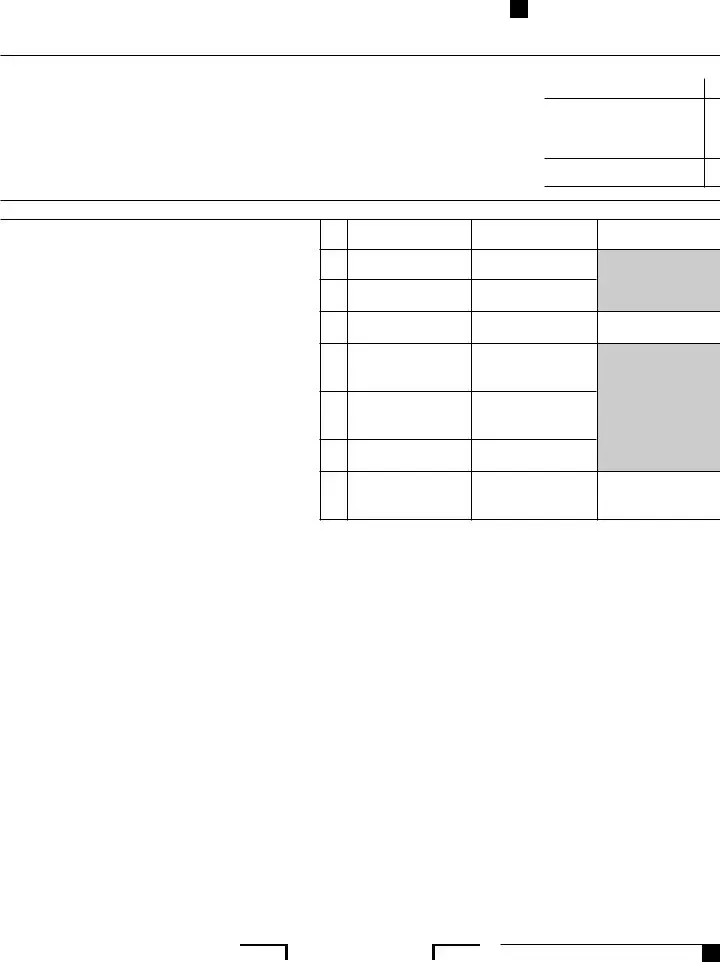The IRS Form 8586, which deals with Low-Income Housing Credit, shares common ground with the California 3521 form. They both aim to provide a tax incentive for the investment in low-income housing, balancing the playing field for those needing affordable housing solutions. Individuals and entities can claim these credits on their tax returns, directly offsetting their tax liabilities based on their investments in qualifying properties. The main focus of these forms is to encourage the development and maintenance of affordable rental houses through financial incentives.
Form 8823, titled "Low-Income Housing Credit Agencies Report of Noncompliance or Building Disposition," is related in its focus on maintaining the standards and qualifications necessary for properties to continue receiving the low-income housing tax credit. While California Form 3521 is used to claim the credit, Form 8823 serves as a regulatory check, ensuring the properties stay compliant with the program's rules. This relationship underscores the balance between providing incentives for low-income housing and maintaining quality and regulatory compliance within the projects.
The Schedule K-1 (Form 1065), used by partnerships to report the income, deductions, and credits to the IRS, plays a significant role similar to parts of the California 3521 form. Investors in low-income housing projects often operate through partnerships or S corporations, with the Schedule K-1 outlining each partner's share of the credit. Similarly, the 3521 form integrates information about pass-through low-income housing credits, highlighting the collaborative investment structure behind these community-serving projects.
IRS Form 8609, "Low-Income Housing Credit Allocation and Certification," closely resembles the authorization aspect of the California 3521 form. Operating as a certificate of allocation for federal low-income housing tax credits, Form 8609 kickstarts the credit claiming process once a property is placed in service. Its role is crucial for investors to be officially recognized and being eligible to claim credits, much like the initial certification required in the California system.
The Statement of Specified Foreign Financial Assets (Form 8938) has a tangential similarity in the sense that both forms deal with specific disclosures to the government. Whereas Form 8938 focuses on the reporting of foreign financial assets for tax purposes, the California 3521 form addresses domestic investments in low-income housing. Both play pivotal roles in their respective areas, emphasizing transparency and compliance with federal or state tax laws.
California's Form 3544, "Partnership Allocation Schedule," complements the 3521 form by detailing how certain credits, including low-income housing credits, are allocated among partners or members of a pass-through entity. This collaboration ensures that each participant's share of the investment and ensuing tax credits is accurately reflected and reported, much like the distribution mechanism outlined in California Form 3521 for low-income housing credits.
The New Markets Credit on IRS Form 8874, although targeting investment in commercial ventures in low-income areas, parallels the California 3521 form by fostering economic growth and improvement through tax incentives. Both forms incentivize private investments but in different sectors—housing versus commercial development in economically disadvantaged communities. The goal of revitalizing communities and encouraging investment where it's most needed unites these two credits.
Lastly, the Historic Preservation Tax Credit programs, often documented through IRS Form 3468, share the core concept of using tax incentives to motivate specific investments, similar to the low-income housing credit. While Form 3468 is dedicated to preserving and rehabilitating historic structures, the California 3521 form focuses on affordable housing. Both contribute to societal welfare and community development, albeit with different focal points, by leveraging the tax code to encourage beneficial investments in the community.


